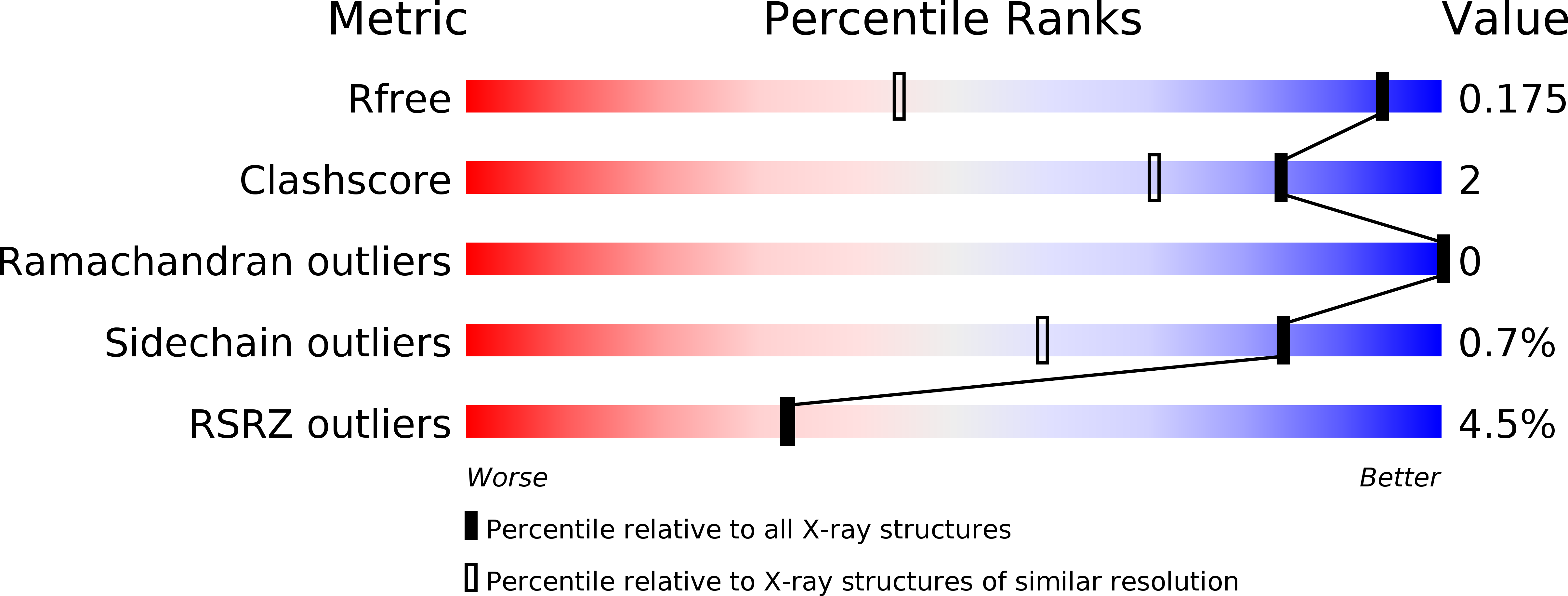
Deposition Date
2011-08-16
Release Date
2011-11-09
Last Version Date
2024-11-20
Method Details:
Experimental Method:
Resolution:
1.20 Å
R-Value Free:
0.16
R-Value Work:
0.14
R-Value Observed:
0.14
Space Group:
P 1 21 1


